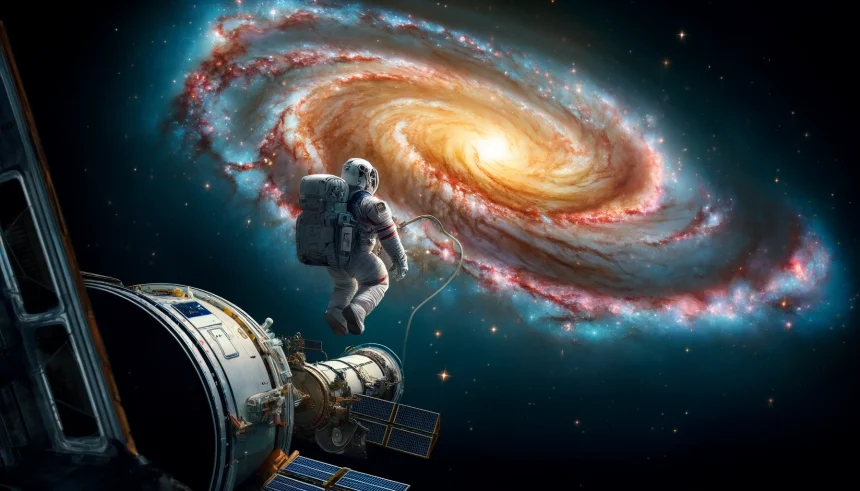Recent research suggests that the Moon’s geological history is more complex than previously thought. While samples from the Apollo missions indicate the lunar surface is approximately 4.35 billion years old, new evidence points to an older formation age of around 4.53 billion years. This discrepancy arises from a significant remelting event that likely altered the Moon’s surface, effectively resetting its geological clock. This revelation opens up new avenues for understanding the Moon’s evolution and its role in the broader context of the solar system.
Earlier studies primarily relied on lunar samples collected during the Apollo missions, which provided valuable insights into the Moon’s surface age. However, recent analyses of zircon minerals and advanced thermal models have challenged these findings, suggesting that the Moon might be nearly 200 million years older than the Apollo data indicates. This new perspective aligns with simulations that propose a more extensive and ancient lunar history, prompting scientists to reevaluate long-held assumptions about the Moon’s formation and subsequent geological activity.
What Caused the Moon’s Geological Clock to Reset?
The Moon likely experienced a global remelting event approximately 4.35 billion years ago due to tidal heating. According to UC Santa Cruz professor Francis Nimmo and his team, the gravitational interactions with Earth generated enough heat to melt the lunar surface, thereby resetting the ages of its rocks.
“We predict that there shouldn’t be any lunar rocks that are older than 4.35 billion years because they should have experienced the same resetting,”
Nimmo explained. This event would have erased any older geological records, making the surface appear younger in radiometric dating analyses.
How Does This Compare to Other Celestial Bodies?
The phenomenon of tidal heating affecting geological activity is not unique to the Moon. For instance, Jupiter’s moon Io exhibits extensive volcanic activity due to similar tidal forces. This comparison highlights the significant impact that gravitational interactions can have on a celestial body’s geology, leading to resurfacing events that alter its appearance and geological history. Understanding these processes on the Moon provides a comparative framework for studying other moons and planets within our solar system.
What Are the Implications for Future Lunar Missions?
Future missions, such as China’s Chang’e 6, aim to return additional samples from the Moon’s surface. These samples are crucial for testing the remelting hypothesis and providing more comprehensive data on the Moon’s geological history.
“As more data becomes available—particularly from ongoing and future lunar missions—the understanding of the Moon’s past will continue to evolve,”
stated Nimmo. Enhanced data from these missions will help refine existing models and contribute to a more detailed timeline of the Moon’s formation and evolution.
The discovery of a remelting event that reset the Moon’s surface age underscores the dynamic processes that have shaped not only our nearest celestial neighbor but also other bodies in the solar system. By integrating new data from ongoing and future missions, scientists can develop more accurate models of planetary formation and geological activity, leading to a deeper understanding of the forces that have influenced the evolution of celestial bodies over billions of years.










